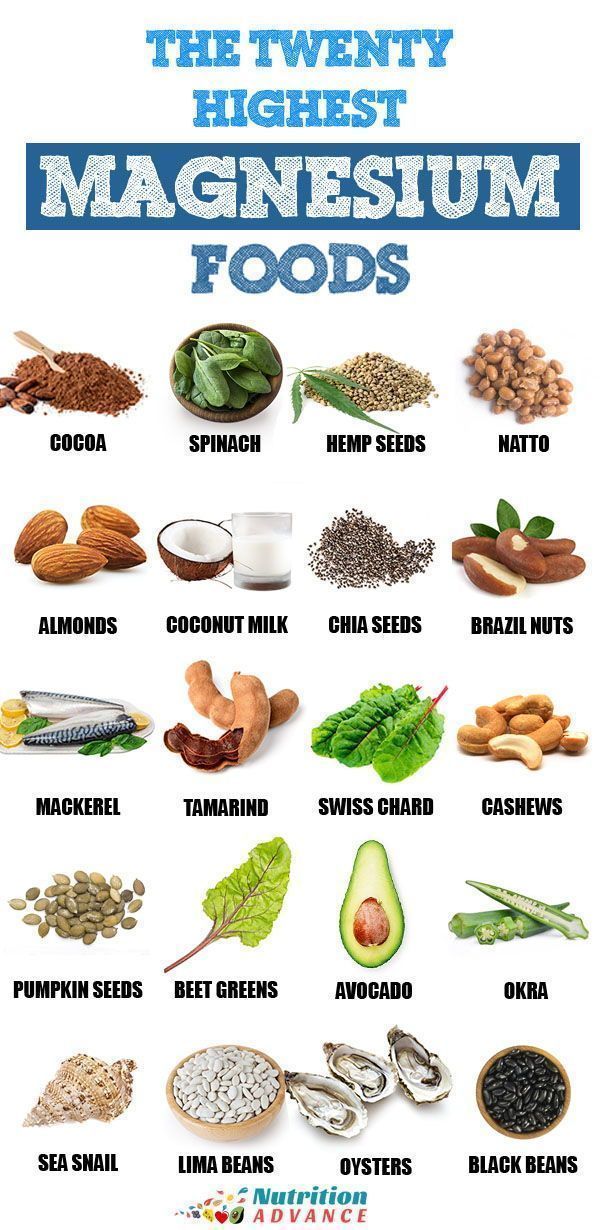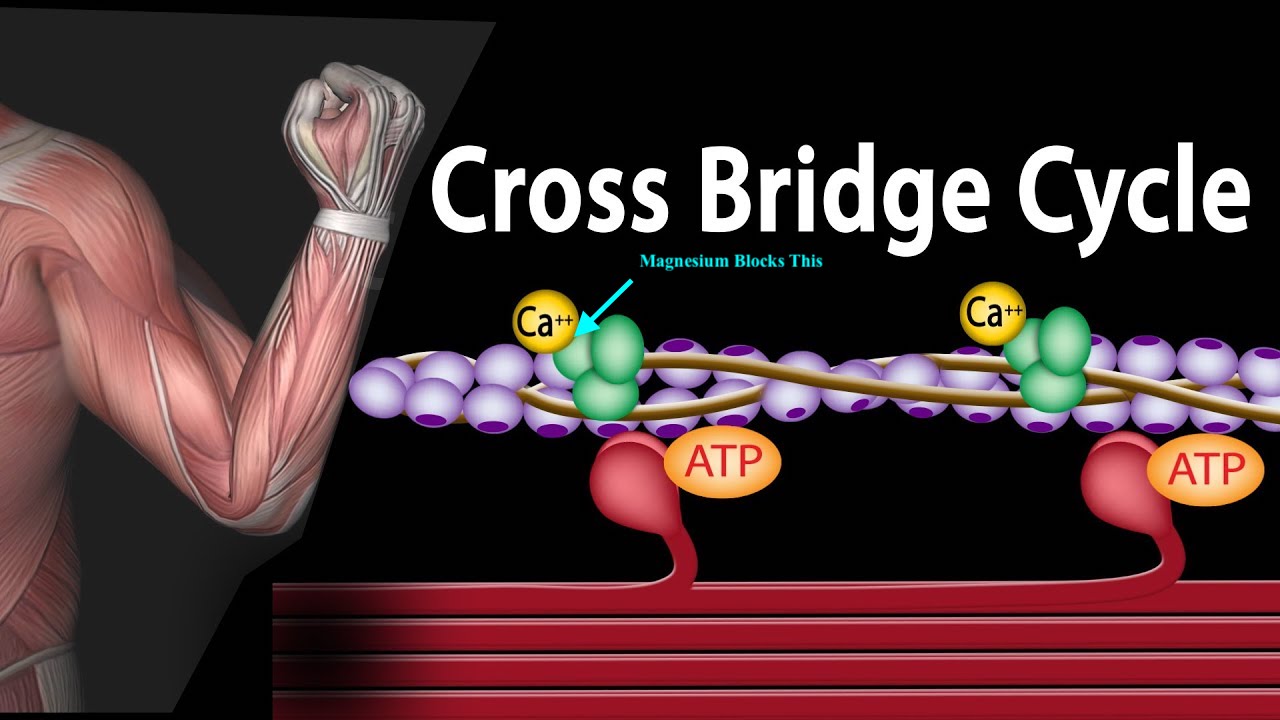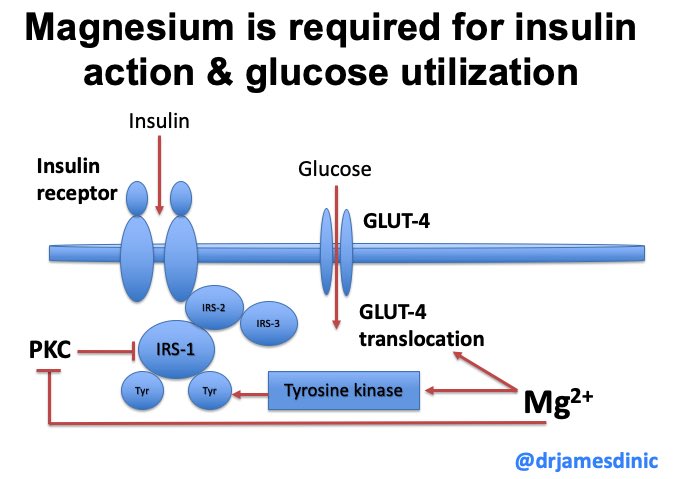
Magnesium (Mg) is a mineral found among a group of electrolytes to include potassium (K), sodium (Na), calcium (Ca), chloride (Cl), and phosphorus (P) (Maday, 2013). As an aggregate, electrolytes play a central role in balancing fluids, pH, transportation of nutrients and metabolites within the cell, and nerve conduction (Fluid and Electrolyte Balance, 2018). Considering the vital nature of electrolytes in maintaining health and homeostasis, the following will consider Mg in greater detail in addition to its relationship with the sarcoplasmic reticulum, asthma, coagulation, smooth muscle contraction, and blood sugar.

Although Mg is the least abundant electrolyte, such a micronutrient remains integral for the metabolism of P, K, Ca, copper (Cu), zinc (Zn), iron (Fe), Na, lead (Pb), cadmium (Cd), hydrochloric acid, acetylcholine, nitric oxide (NO), several enzymes, and the activation of thiamine (B1) (Johnson, 2001). As such, deficiencies in said micronutrient can induce a host of physiological aberrations. To maximize digestion and absorption of Mg, it is necessary to consume appropriate quantities of said micronutrient (i.e., seafood, nuts, and seeds) in addition to selenium (Se), pyridoxine (B6), parathyroid hormone (PTH), and vitamin D (Johnson, 2001). Having briefly considered Mg’s relationship to other micronutrients, the following will explore its role in key cellular and physiological events.

Intracellularly, Mg plays a role in controlling efflux of Ca from organelles while simultaneously stimulating the reuptake if Ca via an ATPase pump; such a process facilitates the minimization of cytosolic Ca concentrations (Gropper, Smith, & Carr, 2018). Furthermore, Mg also helps reduce the movement of Ca across cell membrane structures in addition to competing/displacing Ca from Ca binding sites altering muscle contraction (if the binding site is within muscle tissue). Such a process can help explain Mg’s role in reducing asthma as it may relax muscles found within the bronchial tubes and the smooth muscle of the intestines (i.e., magnesium is often found in laxatives) (Gropper et al., 2018).

Blood sugar regulation is another process that Mg is involved in. Although exercise, adequate sleep, and consumption of low glycemic foods aid in regulating blood sugar, Mg also assists in the same by facilitating synthesis of insulin; a key anabolic hormone which facilitates storage/deposition of glucose in cells of the body (primarily brain, muscle, and adipose tissue) (Torkaz, MacDonald, & Klip, 2018). Such a hormone helps maintain optimal blood glucose levels and controls hyperglycemia. Not only does Mg help regulate glucose levels and storage, said micronutrient also down regulates coagulation (i.e., blood clotting) minimizing opportunity for thrombosis formation.
In conclusion, Mg is involved in balancing fluids, pH, transportation of nutrients and metabolites within the cell, and nerve conduction. However, said micronutrient is also involved in other relevant and necessary cellular and physiological processes to include insulin production, glucose regulation, Ca regulation/storage, and prevention of thrombotic events. As such, it is essential that Mg levels are maintained via adequate consumption of foods rich in said micronutrient to optimize health, performance, and longevity.
References
Grooper, S. S., Smith, J. L., & Carr, T. P. (2018). Advanced nutrition and human metabolism (7thed.). Boston, MA: Cengage Learning.
Johnson, S. (2001). The multifaceted and widespread pathology of magnesium deficiency. Medical Hypothesis, 56(2), 163-170.
Maday, K. R. (2013). Understanding electrolytes: Important diagnostic clues to patient status. Journal of the American Academy of Physician Assistants, 26(1), 26-31.
Fluid and Electrolyte Balance (2018). Retrieved from https://medlineplus.gov/fluidandelectrolytebalance.html
Torkaz, V. L., MacDonald, P. E., & Klip, A. (2018). The cell biology of systemic insulin function. Journal of Cell Biology, 217(7), 2273-2289.
-Michael McIsaac
